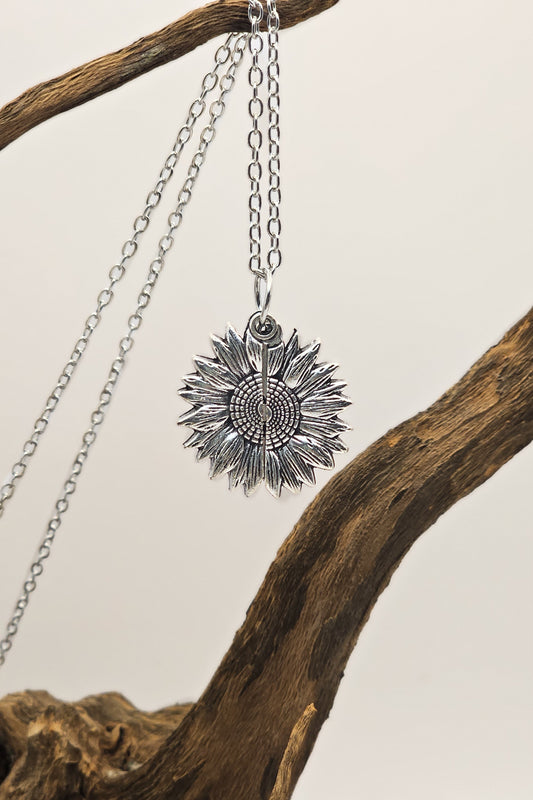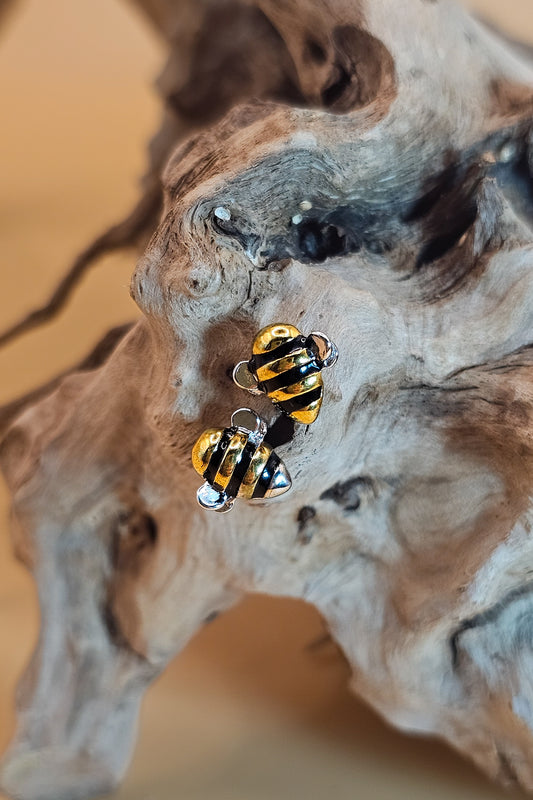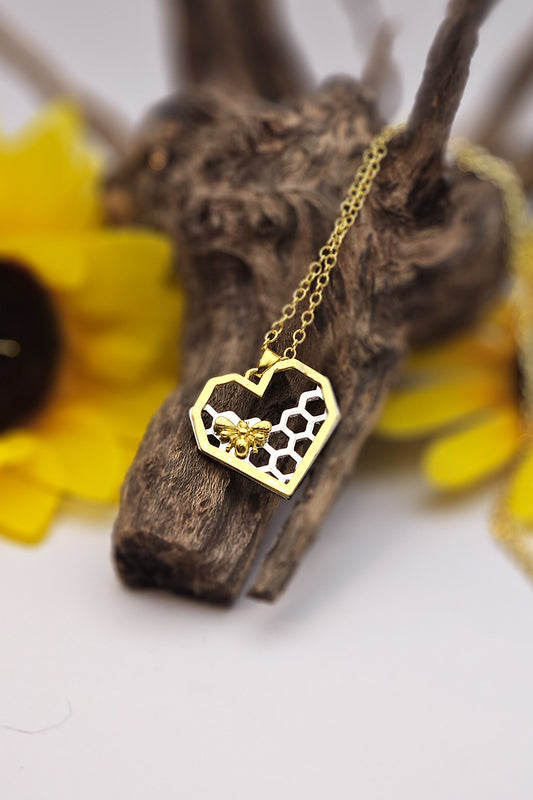All spring and summer, busy honeybees have made a beeline to flowers, herbs, and trees, gathering nectar to bring home to the hive and turn into honey. They stock up on honey to feed themselves throughout the winter. September is the month of the honey harvest, when beekeepers take the extra honey their bees have produced during the previous six months.
If you have a garden, hopefully you have enjoyed watching bees buzz around your flowers all summer. If you have herbs, fruits or vegetables growing, you most certainly want to have bees in your garden.
Fresh honey is now on offer from local grocers, small shops and farmers markets, and the latest delicious bee product is available for us all to enjoy.
There are many other benefits and much bounty that comes our way, that we can thank the bees for. They are the master pollinators of the world, and around 90 of our most popular fresh food crops are pollinated by them. We can thank bees for coffee, chocolate, strawberries, avocados, blueberries, pumpkins, apples, oranges, almonds and so very much more.
Autumn is perhaps the season of the highest gratitude, and it is easy to see why. An abundant earth, with rich soils, a life-giving sun, with potent rays of light, non-GMO seeds filled with all the nutrients the human body needs, and little bees, butterflies, and other pollinating insects, that make it all work for us. No wonder the concept of Thanksgiving takes place in autumn, when the fruits of the harvest grace our tables, and our loved ones join with us to share the bounty.
Bees are self-sacrificing for the greater good of their colony. To make one pound of honey, an entire colony of bees must visit around 2 million flowers to collect nectar and fly 55,000 miles. This represents the life’s work of around 800 bees.
Bees and honey are great equalizers. From marginalized people in underdeveloped countries to rock stars, football legends, royalty and divas, everyone can be a beekeeper and derive peace, pleasure, and a sense of wonder from their honeybees, not to mention earn a decent living that can bring prosperity.
In this 6:33-minute video by It's Okay To Be Smart, we learn how bees make honey.
National Honey Month was declared starting in 1989 by the National Honey Board. It is meant to be a celebration of beekeeping and honey in the USA.
The many different types of natural honey are delicious, with a variety of flavors, aromas, colors, and densities, depending on which flowers the bees pollinated. Here are some entertaining facts about honey.
- Honey is one of the oldest sweet treats known to humanity.
- The simple sugars in honey are easily digestible and mainly fructose and glucose.
- One honeybee makes 1/12 of a teaspoon of honey in her entire lifetime.
- Honey is full of traces of vitamins, minerals, organic and amino acids.
- In the Bible Israel is described as the land of milk and honey.
- Mead is honey wine, an ancient alcoholic drink that is popular again in the 21st century.
- Ancient Romans, Germans and Aztecs paid their taxes in honey.
- Amor, the Roman love god, dipped his arrow tips in honey.
- The Hindu god of love’s bow was strung with a chain of bees.
- Honey never spoils and can be stored indefinitely in dry locations with no refrigeration.
- Manuka honey from New Zealand is used on skin as a wound dressing to help heal burns.
- There is more and more fake adulterated diluted honey in the world markets.
- You get what you pay for with honey—cheap honey is usually fake honey.
- Befriend your local beekeepers and support them and their bees by buying honey directly from them.
Thank you, honey bees, for the treasures you share, and for your selfless service to humanity and the planet.








